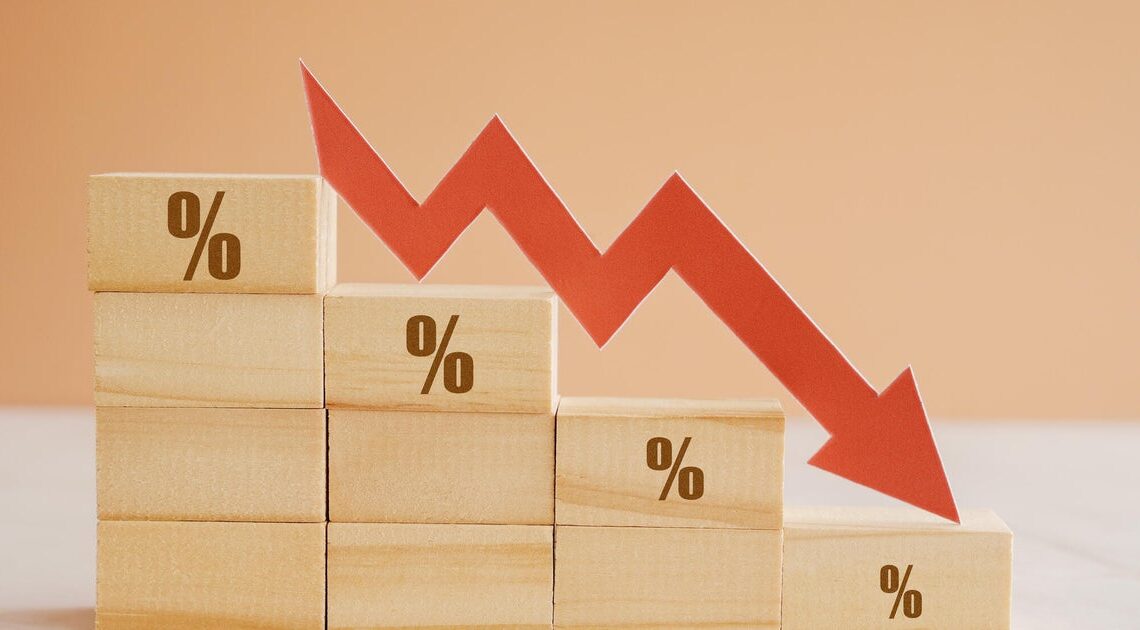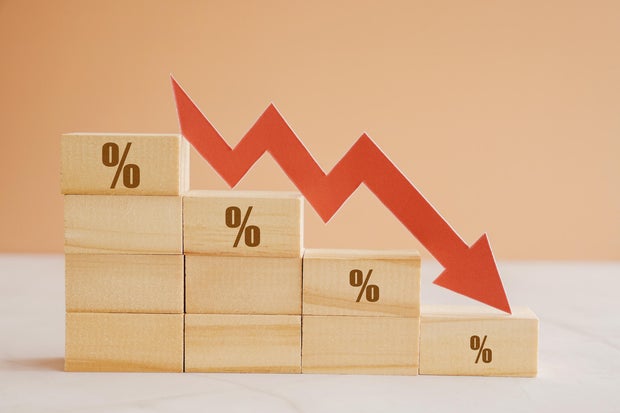
HELOC and home equity loan rates are falling again. Here’s what to do next.
28. July 2025
Getty Images
With interest rates on credit cards only slightly lower than a recent record high and rates on personal loans comfortably in the double digits now, many may find themselves looking for inexpensive ways to borrow money. Fortunately, if you’re a homeowner, you may have two at your disposal via home equity loans and home equity lines of credit (HELOCs). Rates here have been stagnant in recent months, after ticking up from the low 8% range in the spring. Last week, however, brought positive developments as rates on both declined again.
The average HELOC rate declined from 8.27% to 8.26% while the median home equity loan rate fell from 8.28% to 8.25%, according to Bankrate data released on July 23. While those aren’t substantial declines, they do represent a step in the right direction for borrowers looking for a cost-effective financing source right now. And if inflation reverses course downward again and interest rate cuts are issued later this summer, they could become even more affordable.
Understanding this dynamic, prospective borrowers should consider making some strategic moves now. Below, we’ll examine three things they may want to do next.
Start by seeing how low a home equity loan rate you could qualify for here.
What to do as HELOC and home equity loan rates fall again
Don’t borrow from your home equity carelessly, even with rates declining. With your home functioning as collateral with either product, instead, consider taking these next steps:
Compare both products carefully
HELOCs and home equity loans both use your home equity as the funding source, but HELOCs operate as revolving lines of credit with variable interest rates, while home equity loans come as lump sums with fixed rates. You should compare both closely to determine which type fits your unique financial needs right now. For example, if you just want a backup emergency fund that you have no immediate plans to tap into, a HELOC may suffice as it won’t require payments unless used. But if you need a large sum of money right away, a home equity loan may be better. With rates on both essentially the same right now, the intended use becomes more of a primary consideration.
Compare HELOC and home equity loan rate offers online to learn more.
Find out what your current mortgage lender offers are
Did you know that you can use a different lender than the one you have your mortgage with when borrowing with a home equity loan or HELOC? While competitors ultimately may have better rates and terms, you won’t know which is more favorable before first seeing what your current mortgage lender offers now. So start there before shopping for competitor lenders and rates online. And, if you find a more attractive offer with another lender, consider revisiting your current mortgage lender to see if they’re willing to beat it. You may be surprised at how much more affordable your options are by taking the time to shop around.
Determine precisely how much you’ll need
With HELOC and home equity loan rates on the decline and the funding source robust now (the average home equity level sits comfortably above $300,000 now), it can be understandably tempting to borrow more equity than you may need. But that’s a risk worth avoiding. With your home functioning as collateral and the potential for it to be foreclosed on if you’re unable to make repayments as agreed to, borrowing the right amount of equity is critical. Use this time, then, to determine precisely how much you need versus how much you’d like to use. This will better ensure your ability to make payments in the future and reduce the risks of foreclosure.
The bottom line
A new drop in HELOC and home equity loan interest rates offers homeowners an opportunity to borrow against their home equity at a more affordable cost. But that doesn’t mean they should do so haphazardly, either. By comparing both products carefully now, shopping for rates from both your current mortgage lender and competitors and crunching the numbers to determine how much equity you require, you can more comfortably position yourself for home equity borrowing success during this decline in rates and, potentially, long-term.
